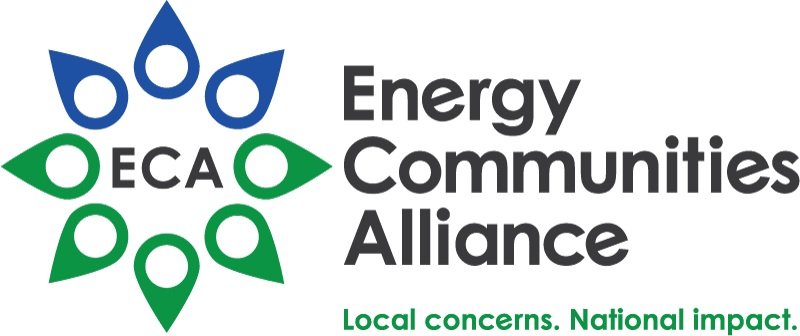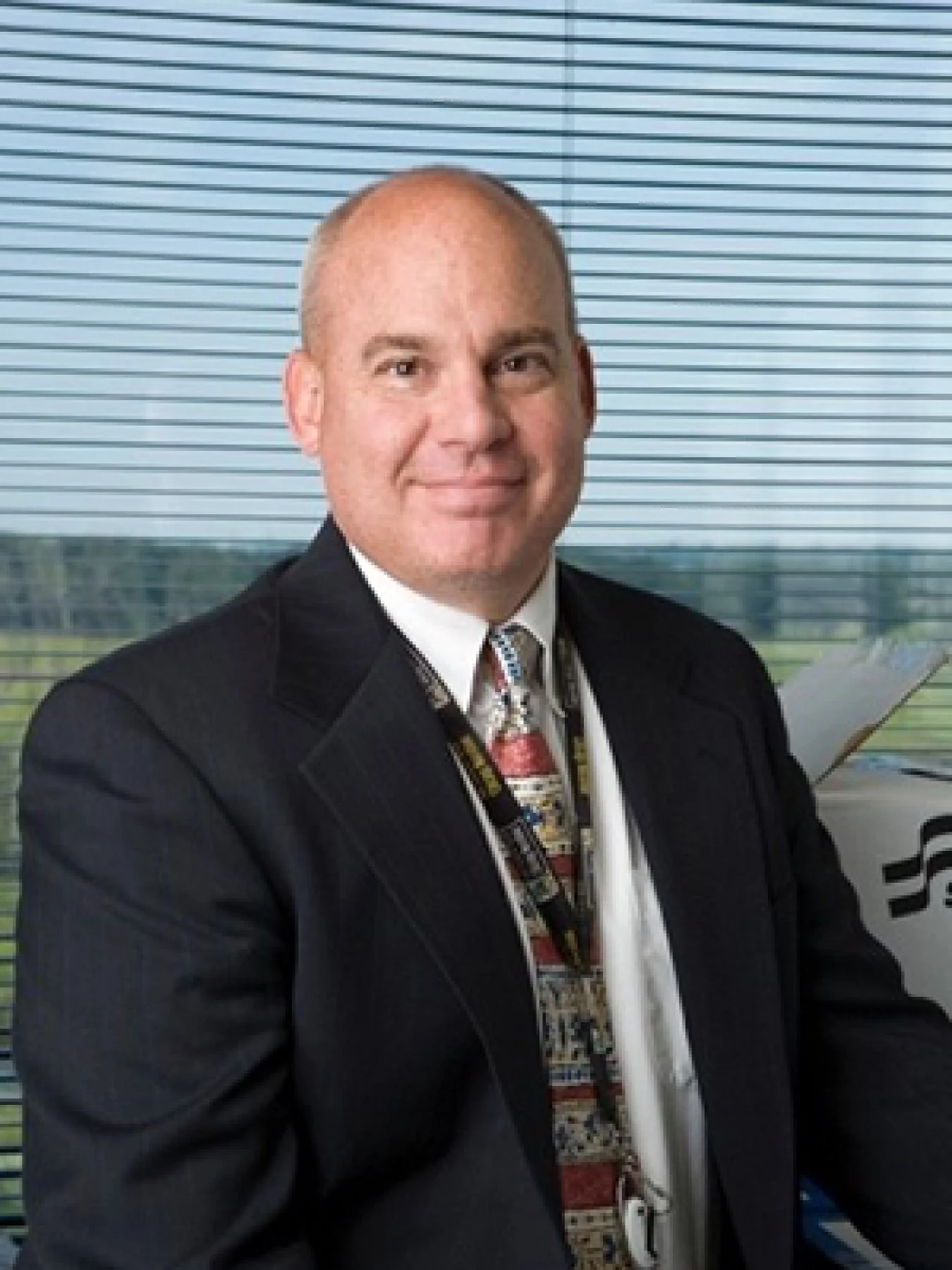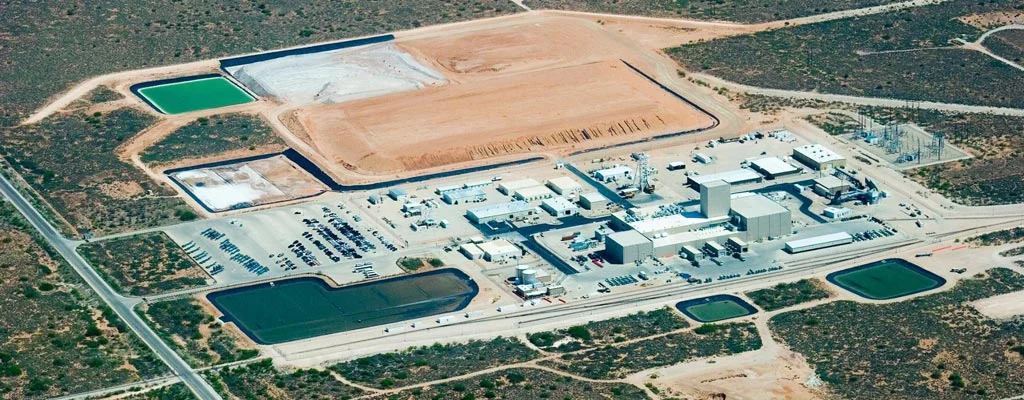WASTE ISOLATION PILOT PLANT
Dashboard
-
Throughout the 1960s, government scientists searched for an appropriate site for radioactive waste disposal, eventually testing a remote desert area of southeastern New Mexico where, 250 million years earlier, evaporation cycles of the ancient Permian Sea had created a 2,000-foot-thick salt bed. In 1979, Congress authorized the U.S. Department of Energy’s (DOE) Waste Isolation Pilot Plant (WIPP). The WIPP facility, located 26 miles southeast of Carlsbad, N.M., was constructed during the 1980s. Congress limited WIPP to the disposal of defense-generated TRU wastes. In 1998, the U.S. Environmental Protection Agency (EPA) certified WIPP for safe, long-term disposal of TRU wastes. The first shipment of TRU waste was sent from the Los Alamos National Laboratory in March 1999.
WIPP has two primary regulators: the New Mexico Environment Department (NMED) and the EPA. In accordance with Resource Conservation and Recovery Act (RCRA), the EPA may authorize states to implement their own hazardous waste regulatory programs. The NMED regulates WIPP by way of a Hazardous Waste Facility Permit (HWFP) that details how the facility is to manage, store and dispose of the hazardous components, such as solvents, that are present in WIPP’s “mixed” waste. Mixed waste at WIPP contains both radioactive (TRU) and regulated chemically hazardous materials. The HWFP is renewed every 10 years.
-
-
Carlsbad Department of Development
Mission:
Contact:
-
Salado Isolation Mining Contractors (SIMCO) – SIMCO is the DOE’s management and operations contractor at the Waste Isolation Plant (WIPP). SIMCO is comprised of Bechtel National Inc. and includes Los Alamos Technical Associates (LATA) as a New Mexico-based small business teaming subcontractor.
Navarro Research and Engineering - Navarro provides technical and professional services to support the Department of Energy (DOE) Carlsbad Field Office (CBFO) and WIPP.
CAST Transportation – CAST Transportation and Visionary Solutions provide trucking services to transport TRU waste from DOE waste generator sites around the country to WIPP.
-
Federal Government
State Government
State Rep. John Henry (R) (District 54)
Local Government
-
U.S. Department of Energy, Waste Isolation Pilot Plant
George Rangel, Manager of Communications & Public Affairs, SIMCO
Phone: (240) 586-1332; E-mail: george.rangel@wipp.ws
Carlsbad City Council
Cheyenne Methola
Phone: (575) 887-1191; Email: council@cityofcarlsbadnm.com
Site Budget
| FY 2024 Enacted | FY 2025 Request | FY 2025 House Bill |
|---|---|---|
| 464,326 | 425,420 | 425,420 |
(Defense Environmental Cleanup. Amounts in thousands of dollars. Click here for the latest site budget.)
Mark Bollinger
Manager, Carlsbad Field Office
Cleanup Issues
-
Transuranic Waste Disposition
-
In March 2022, the Office of Environmental Management released a Strategic Vision for 2022-2032.
Planned Cleanup Scope 2022–2032
It is anticipated during the next 10 years, approximately 883,000 cubic-feet (25,000 cubic-meters) of TRU waste from EM, NNSA and small quantity sites will be emplaced at WIPP. To support planned waste emplacement activities, much of the work to be performed at WIPP over the next decade focuses on necessary infrastructure improvements to ensure the facility can continue to play its important role in the EM complex for the long term. By the end of 2025, a set of key infrastructure projects will be completed, improving WIPP’s capabilities in mining and waste emplacement. These include the new SSCVS, which provides 540,000 cubic-feet-per-minute of ventilation to the underground, allowing concurrent mining, waste emplacement, and ground control operations throughout the life of the facility. In addition, the new utility shaft serves as an air intake entry point to support the SSCVS, and house a new, larger capacity hoisting capability to transport materials in and out of the repository.
Photo courtesy of WIPP
Updated August 2022.
Information in this profile is sourced from DOE, NNSA, and the site’s online resources.


